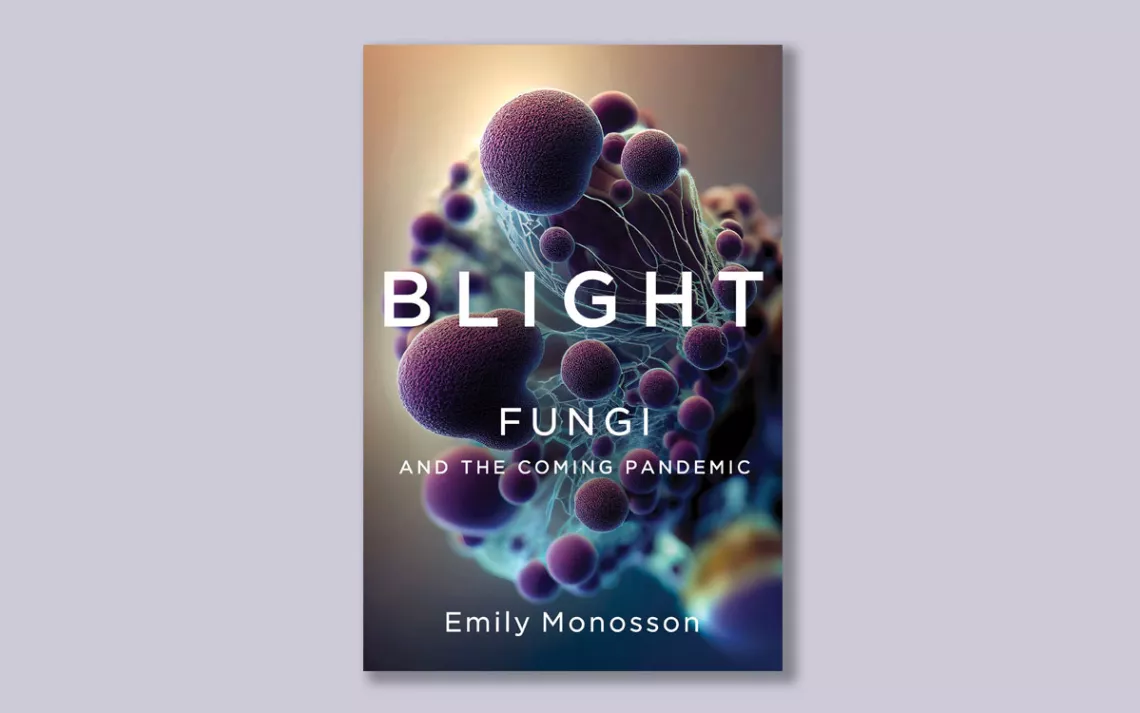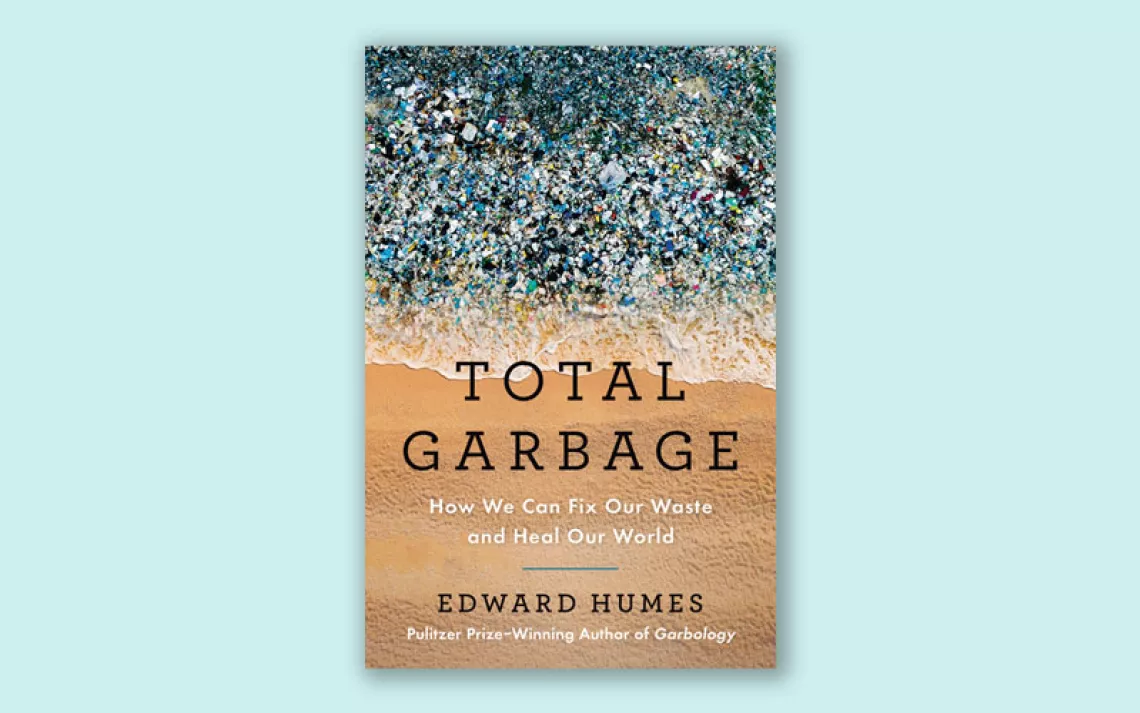The Fungus Among Us
Fungi steal the show in Emily Monosson's new book, "Blight"

If you are the type of person who enjoys spending a nice day at the beach reading about things that could kill you, consider Blight: Fungi and the Coming Pandemic by Emily Monosson (W.W. Norton, 2023). The book is a short, crisp introduction to the possibility of being devoured by fungi.
One reassuring lesson in Blight: As deadly people-killers go, fungi are small-bore compared with bacteria and viruses. A scientific theory known as the "fungal filter" postulates that mammals have flourished despite their inefficient and needy metabolisms because fungi have kept mammals' megafaunal competition—the cold-blooded lizards—in check. At 98.6°F, humans are too darn hot to be an ideal habitat for the average fungus, which prefers to devour organisms at a temperature somewhere between 53.6°F and 86°F. (Bacteria and viruses thrive at up to 140°F.)
The book is as much history as it is science—a greatest-hits compilation of fungal plagues, from the outbreak of Fusarium that led to the commercial extinction of the Gros Michel banana to white-nose syndrome in little brown bats. (Monosson describes hibernation as a "loophole" that allows the Pseudogymnoascus destructans fungus to feast on bats whose body temperature would otherwise fend it off.)
Monosson makes a strong case that globalization (especially the global wildlife trade) has granted potentially dangerous fungi more expansion opportunities, and warns that higher temperatures caused by climate disruption are spurring the evolution of heat-adapted fungi, which could lead to a fungal pandemic. A harbinger is Candidia auris, first detected in 2006 in a hospital patient with a chronic ear infection. "One hypothesis is that the fungus first infected the ear canal because it is naturally cooler than the rest of our body, and so more tolerable," Monosson writes. "A first step into the hothouse."
 The Magazine of The Sierra Club
The Magazine of The Sierra Club






